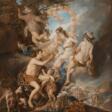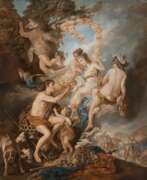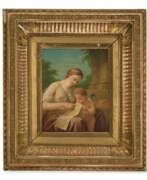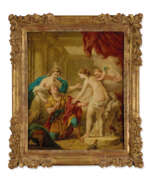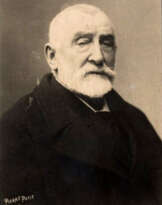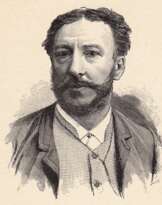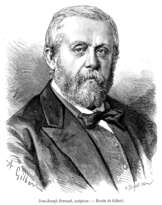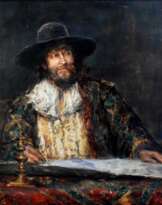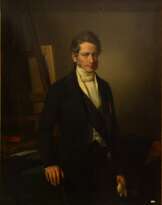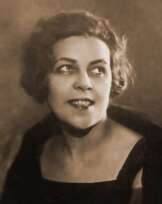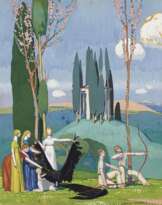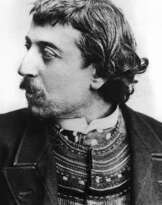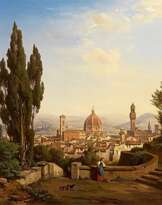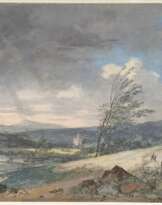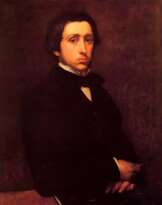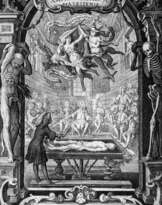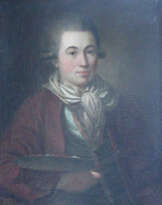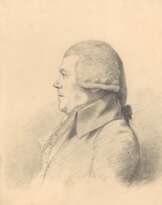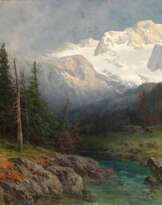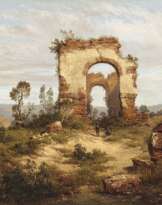Louis Jean-Francois Lagrene (1724 - 1805)
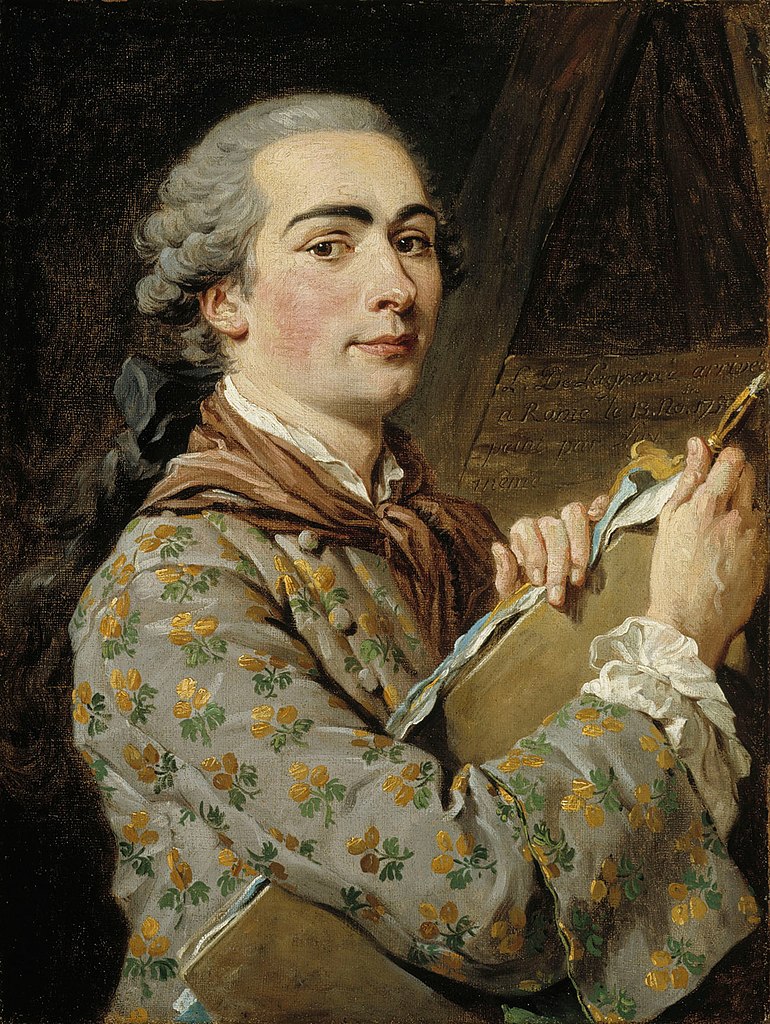
Louis Jean-Francois Lagrene
Louis Jean-François Lagrenée was a French painter and engraver, celebrated for his classical and mythological scenes that resonated with the Rococo and Neoclassical styles. Born in Paris in 1724, Lagrenée's artistic journey was significantly shaped by his time in Rome, funded by his 1749 Prix de Rome win. This period allowed him to immerse himself in the works of 17th-century Bolognese artists, notably influencing his style which later earned him the nickname 'the French Albani'.
Lagrenée's career featured prominent directorial roles at prestigious institutions such as the St Petersburg Academy and the Académie de France à Rome. His works were frequent highlights at the Paris Salon, reflecting his stature in the French art scene. Among his notable works are 'The Rape of Dejanira' and 'Mars and Venus, an Allegory of Peace', showcasing his mastery in portraying emotion and narrative through art.
His paintings are held in esteemed collections worldwide, including the Getty Center and the Musée national des châteaux de Versailles et de Trianon. Pieces like 'Pygmalion and Galatea' and 'Venus and Nymphs Bathing' demonstrate his skill in blending dramatic narratives with exquisite detail.
For those keen to explore the world of French classical painting and the works of Louis Jean-François Lagrenée, signing up for updates can enhance your appreciation and knowledge of this master's contributions to art history.
| Date and place of birt: | 30 december 1724, Paris, France |
|---|---|
| Date and place of death: | 19 june 1805, Paris, France |
| Nationality: | France |
| Period of activity: | XVIII, XIX century |
| Specialization: | Artist, Genre painter, Painter, Portraitist |
| Art school / group: | Bolognese School |
| Genre: | Allegory, History painting, Portrait |
| Art style: | Classicism, Rococo |
